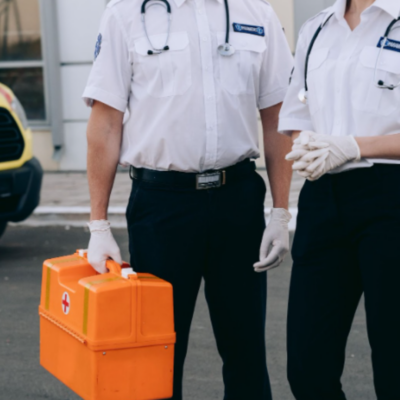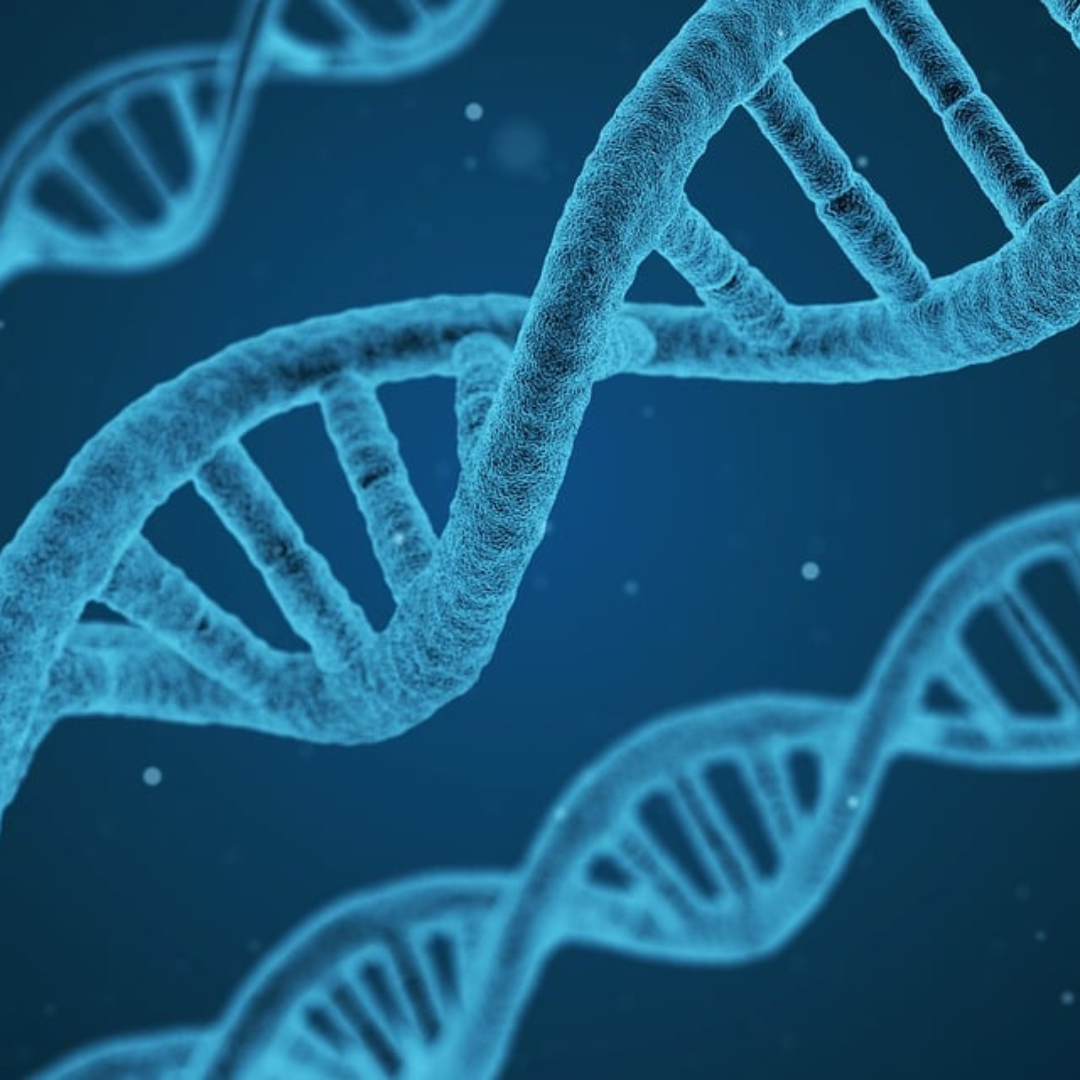Naloxone (Narcan): Life-Saving in the Opioid Epidemic

Naloxone, commonly recognized under the brand name Narcan, has emerged as a crucial tool in combating the opioid drug epidemic that has swept across the globe. Opioid overdoses, often resulting from the misuse of prescription painkillers or illicit substances like heroin, have claimed countless lives. Naloxone stands as a beacon of hope, offering a second chance at life for those on the brink of death due to opioid overdose.
Understanding Naloxone (Narcan):
Naloxone is an opioid receptor antagonist, meaning it works by binding to the same receptors in the brain that opioids bind to. By doing so, naloxone rapidly reverses the effects of opioids, essentially blocking the drugs’ influence on the central nervous system. This reversal can quickly restore normal breathing and consciousness, pulling individuals back from the perilous edge of overdose.
Administration of Naloxone:
One of the significant advantages of naloxone is its user-friendly administration. Health professionals, first responders, and even bystanders can administer it with minimal training. Naloxone is available in several forms, including injectable solutions, auto-injectors, and nasal spray devices. Each method has its advantages, allowing for adaptability in various emergency situations.
- Injectable Solutions:
- Naloxone is commonly available in vial or ampule form, suitable for intramuscular or intravenous administration.
- Health professionals and trained individuals may administer naloxone via injection, ensuring a rapid response to opioid drug overdose.
- Auto-Injectors:
- Auto-injectors, such as the Narcan Nasal Spray, have gained popularity for their ease of use.
- The auto-injector simplifies the administration process, making it accessible to individuals without extensive medical training.
- Nasal Spray Devices:
- Naloxone nasal spray devices have become increasingly prevalent due to their simplicity and effectiveness.
- These devices allow for intranasal administration, providing a non-invasive and efficient means of delivering the life-saving medication.
Naloxone’s Impact on Overdose Rates:
Naloxone’s impact on saving lives cannot be overstated. As opioid-related overdoses reached alarming levels, the widespread distribution and use of naloxone became a critical component of harm reduction strategies. According to the Centers for Disease Control and Prevention (CDC), naloxone has been credited with saving tens of thousands of lives in the United States alone.
Key Statistics:
According to the CDC, naloxone has reversed more than 600,000 opioid overdoses in the United States from 1996 to 2022.
The Substance Abuse and Mental Health Services Administration (SAMHSA) reports that in 2020, over 70,000 overdose deaths occurred in the United States, with naloxone playing a pivotal role in reducing this staggering number.
Community Access Programs in Florida:
Recognizing the urgent need to address the opioid crisis, Florida has implemented community-based naloxone distribution programs aimed at equipping individuals at risk of witnessing or experiencing an opioid overdose. These initiatives focus on providing access to naloxone kits and imparting essential knowledge on administration techniques and emergency response protocols to a wide range of community members.
These programs extend beyond traditional first responders and healthcare professionals, reaching out to family members, friends, and peers of those at risk. Through targeted training sessions, participants are educated on recognizing the signs of an opioid overdose and are equipped with the skills needed to administer naloxone effectively.
Florida’s community access programs are pivotal in decentralizing naloxone distribution, ensuring this life-saving antidote is readily available in various community settings. The goal is to empower individuals across the state to act swiftly and decisively in the event of an opioid overdose, thereby contributing to the broader effort to reduce opioid-related fatalities.
Rehabilitation for Substance Use Disorder
Seeking rehabilitation for drug addiction is a pivotal step toward recovery, complementing the life-saving intervention of naloxone in the context of the opioid crisis. Drug rehab provides individuals with a structured and supportive environment to address the physical, psychological, and social aspects of substance use disorders. Through a combination of therapeutic modalities such as evidence-based therapies and holistic approaches, drug rehab aims to equip individuals with the tools and coping mechanisms necessary for sustained recovery. Drug rehab offers a comprehensive approach that goes beyond the immediate crisis of overdose, addressing the root causes of addiction and promoting lasting wellness. Choosing to enter drug rehab is a courageous decision that not only enhances an individual’s chance of recovery but also contributes to the broader efforts of Florida communities combatting the pervasive impact of drug abuse.
Challenges and Future Directions in Florida
While Florida’s community access programs have made significant strides in expanding naloxone availability, challenges persist. Some regions may face obstacles related to naloxone shortages or barriers to effective distribution. Overcoming these hurdles requires collaboration between public health agencies, community organizations, and policymakers.
Furthermore, raising public awareness and conducting educational campaigns are critical to Florida’s strategy. Destigmatizing opioid drug use disorder and fostering a greater understanding of the importance of naloxone in saving lives are essential aspects of these initiatives.
As Florida continues to grapple with the multifaceted challenges posed by the opioid crisis, the state’s commitment to improving naloxone accessibility, affordability, and distribution remains steadfast. By combining naloxone distribution with comprehensive substance use disorder treatment and prevention strategies, Florida aims to address the root causes of the crisis and provide a pathway toward recovery for those affected.




